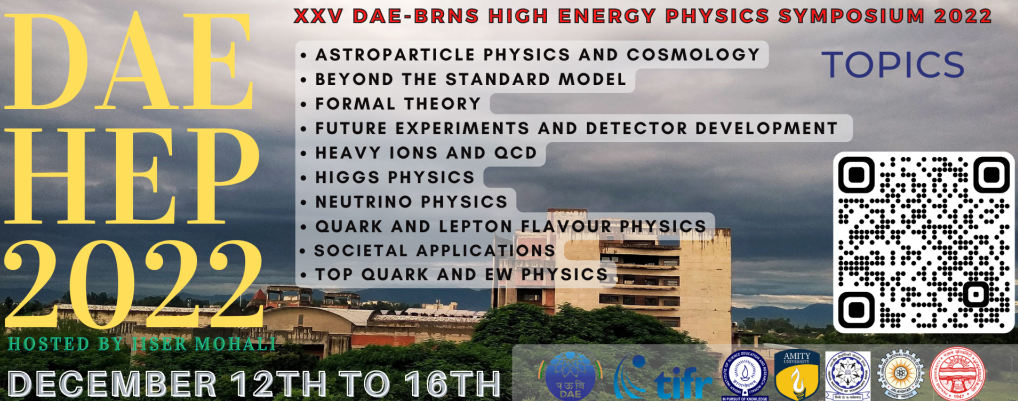Speaker
Description
The CMS Collaboration is preparing to replace its endcap calorimeters for the HL-LHC era with a high-granularity calorimeter (HGCAL). The HGCAL will have fine segmentation in both the transverse and longitudinal directions, and will be the first such calorimeter specifically optimized for particle-flow reconstruction to operate at a colliding-beam experiment. The proposed design uses silicon sensors as active material in the regions of highest radiation and plastic scintillator tiles equipped with on-tile silicon photo-multipliers (SiPMs), in the less-challenging regions. The unprecedented transverse and longitudinal segmentation facilitates particle identification, particle-flow reconstruction and pileup rejection.
A prototype of the silicon-based electromagnetic and hadronic sections along a section of the CALICE AHCAL prototype was exposed to muons, electrons and charged pions in beam test experiments at the H2 beamline at the CERN SPS in October 2018 to study the performance of the detector and its readout electronic components. Given the complex nature of hadronic showers, energy reconstruction is expected to benefit from detailed information of energy deposits and its spatial distribution of the individual showers in the detector, which can be well utilized by advanced machine learning algorithms. Here we present reconstruction of hadronic showers created by charged pions of momenta 20-300 GeV using a dynamic reduction network (DRN) based on graph neural networks (GNNs).
| Session | Future Experiments and Detector Development |
|---|
